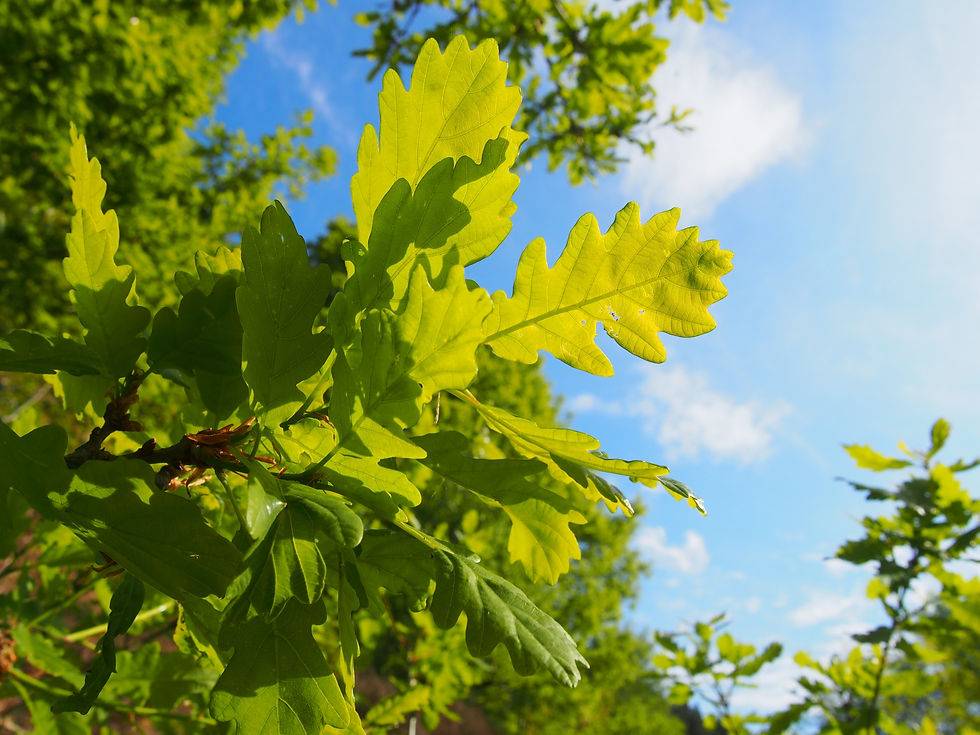Oak trees are truly magnificent specimens. Their gnarled branches make for intriguing art pieces in any landscape. We are lucky here in the SF Bay Area to have these magnificent trees dotting our surrounding hillsides. The amazing part, is that oaks are not only pretty to look at but add value to the ecosystems they reside in.

Erosion Control : Coast live oaks' extensive root structures help to stabilize the hillsides around us. As we experienced this winter, heavy rains can cause landslides. So the benefit of having a network of strong roots like those of oak trees will help with slope stability.

Support Wildlife Oak trees not only provide food but also produce an organic-rich leaf litter that helps contribute to the diverse habitat that oaks support. Acorns are an important food source for birds, small mammals, and deer. In addition, oak trees are a valuable host tree for numerous butterfly species such as the Striped Hairstripe, Mourning Cloak and many others. Butterflies lay their eggs in the oak foliage. Then when the caterpillars emerge, they feed on the oak leaves.
Ethnobotanical Native Americans used all parts of oak trees in their daily lives. Acorns were an important and highly nutritious food staple for Native Americans and was acorns were also used in many traditional ceremonies. In addition, Native Americans used the oak trees to provide wood for their fires, derive medicine, carve bows, and weave baskets from various components of the oak. The oak tree is still an important part of Native American culture.
Landscape and beautification: Oak trees are also an important
element in both natural and man-made landscapes, providing shade
and an aesthetic quality.
Carbon Sequester Research has found that trees sequester CO2 at rates that are relative to their mature height and leaf persistence (evergreen or
deciduous). Mature oak trees can absorb and store 92 pounds of carbon a year,
one of the highest sequestration rates of all tree types. It is estimated that oak trees can sequester 10,994 CO2 over their lifetime ranking it as one of the most efficient carbon capturing trees.

Comentários